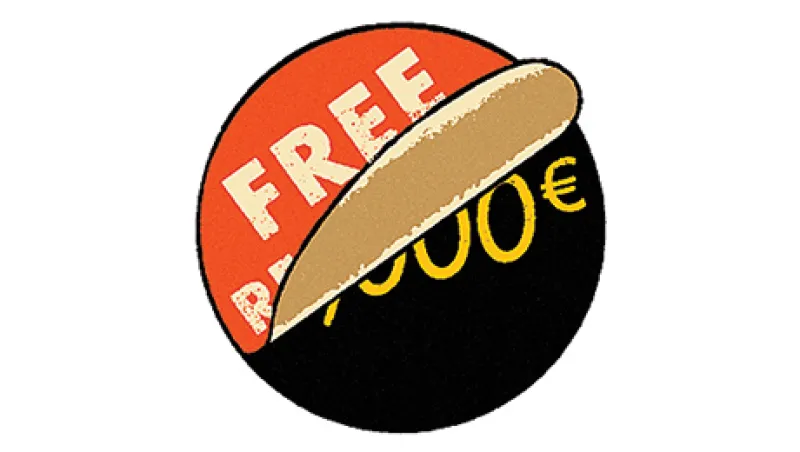The sell side doesn’t quite get it yet.
That is the consensus view among asset managers and independent analysts nine months before the European Union rolls out regulations that will rock the securities research landscape.
Phase two of Brussels’ Markets in Financial Instruments Directive (MiFID) takes effect next January 3. It requires fund managers to disclose any charges they pass on to investors for research, or to pay for it themselves. That should force broker-dealers to explicitly price a dark art whose cost was previously wrapped into trading commissions (on equity products) or spreads (on fixed income). And that, in turn, could put a lot of analysts out of work in Europe, the U.K. — which is charging ahead with MiFID II despite looming Brexit — and, in time, the U.S. and everywhere else.
One study drawing attention, from Hong Kong–based consulting firm Quinlan & Associates, predicts global research volumes will plunge 25 to 30 percent by 2020. Russell Napier, co-founder of the upstart, U.K.-based Electronic Research Interchange (ERIC), puts that figure at a minimum of 60 percent. “Absolutely, everything is going to change,” says Julian Allen-Ellis, who heads the MiFID steering committee at the London-based Association for Financial Markets in Europe (AFME), a sell-side lobbying group. “This is truly a shift from an old paradigm to a new paradigm.”
Yet AFME’s members seem to be caught somewhere between procrastination and denial. “A lot of our discussions with the sell side start with, ‘Here’s my cost base and I need to make a margin over that,’” says Nick Anderson, a portfolio manager at Henderson Global Investors, which controls some £100 billion ($122 billion). “They start from the idea that supply-demand is in equilibrium, while clearly it isn’t.”
And that’s the second-tier brokers, who are scrambling to stay in the game post-MiFID II, Anderson says. The giants of investment banking and brokerage are maintaining oracular silence on how they intend to charge for research. “The bulge bracket have gone quiet for the moment,” he says.
Not that designing a new paradigm for research pricing is simple. The ERIC exchange aims to adapt an eBay model, with users bidding for discrete reports. Personal access to outstanding analysts in an ongoing sell-side relationship may be more valuable, Anderson says. “The scarce resource is human interaction,” he says. “Everyone is trying to measure that slightly differently.”
Another ticklish issue is how to charge for multiple users across a buy-side client, as one firm may circulate a given bit of research to two fund managers who pass it on to two dozen more. Autonomous Research, a boutique London firm specializing in financial stocks, addresses these issues with a standardized tier system ranging from “light touch,” which excludes analyst face time, to “premium.” But bigger broker-dealers are offering a confusing range of less transparent arrangements with clients, Autonomous CEO Stuart Graham says. “They will try to obscure true price comparability,” he says.
Nor is the letter of the law entirely clear, AFME’s Allen-Ellis complains. The European Commission handed off its MiFID II text, which numbers some 15,000 pages, to national regulators — the U.K. and France being the bellwethers — that are “drip feeding” interpretations in response to industry queries, he says.
One critical gray area is whether a broker arranging a meeting with a company’s management counts as an “inducement” that must be broken out and priced. “Providing access to managements has always been part of prime brokerage,” Allen-Ellis contends. But buy-siders see this go-between role as outmoded. “The sell side has created a little industry here,” Henderson’s Anderson says. “Our policy is we won’t pay for it.”
Some contours of a research sector that needs to earn its keep seem to be emerging. The days when dozens of analysts churned out similar earnings notes may well be numbered. But fund managers will still pay up for in-depth pieces with a unique perspective, consultant Benjamin Quinlan says. “Most managers are placing a much higher value on thematic trade ideas, technical/sentiment-based analysis and bespoke, deep-dive industry reports,” he writes.
The buy side will be less likely to enter “cover the waterfront” relationships with brokers that include research on all industries, and will be more inclined to seek out the top analysts in each field; they may demand some consolidation. “Right now there might be two good people in each of 30 houses,” Anderson says. “It would be better if they were in five or six houses.”
Research departments at the big-name investment banks should survive the coming tumult relatively well, as they can pay for star analysts and subsidize them out of brokerage revenue if need be, market players say. And the new environment may open doors for specialist research-only shops with no ulterior brokerage motive. Smaller players with universal ambitions may struggle. “Asset managers will use five to ten of the bulge bracket, then maybe a roster of ten boutiques,” Autonomous CEO Graham predicts. “The guys in the middle who are not very good are going to get squeezed.”
As for price, sell-side brokers who pride themselves on their deal-making skills face a challenging new haggle over the cost of their own wares. “You’ll only know you’re at the right price when someone says, ‘We’ll turn you off if you pay less,’” one European fund manager says. “We haven’t really gotten there yet.”






